From Temporary to Forever: Your Ultimate Guide to Canada’s Temporary Resident to Permanent Resident Status in 2025
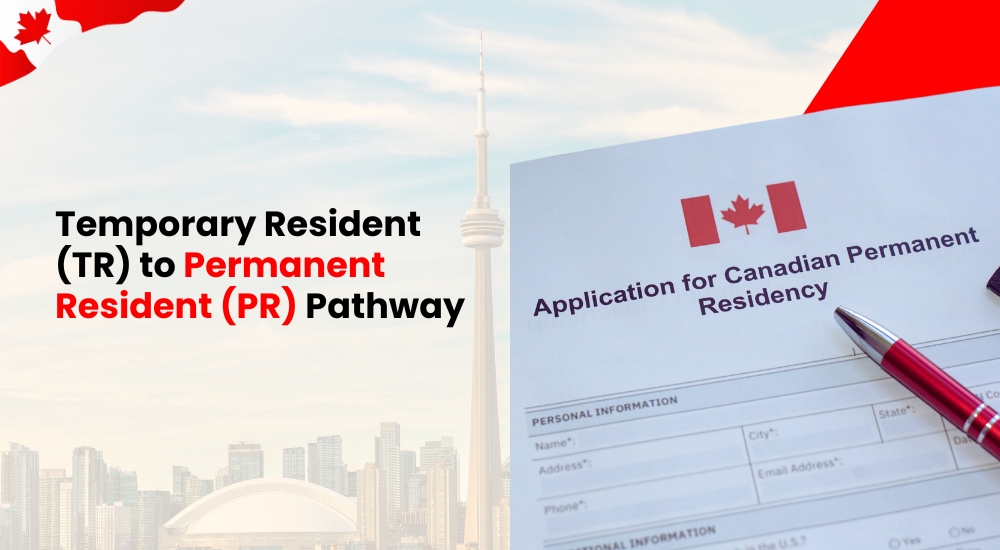
Temporary Resident to Permanent Resident Status: How to do that fast for settling in Canada
Are you currently living in Canada as a temporary resident and dreaming of making it your permanent home? Transitioning from a temporary resident (TR) to a permanent resident (PR) status is a dream for all skilled workers, students, and families looking forward to settling in Canada.
With immigration policies evolving and new opportunities emerging in 2025, here are some tips to move from Temporary Resident to Permanent Resident status: Your Complete Guide to Permanent Residency in Canada is here to help you take the necessary steps, including eligibility, processes, and benefits.
Understanding Transitioning from the Temporary Resident to Permanent Resident Status
What Is the Temporary Resident to Permanent Resident Pathway?
Canada Immigration programs are designed to help temporary residents in Canada, such as international students, temporary foreign workers, and visitors, transition from Temporary Resident Status to permanent residency. Introduced as a response to labor shortages and economic needs, these programs allow eligible individuals already living in Canada to apply for PR without leaving the country.
While the original TR to PR Pathway launched in 2021 was a temporary public policy that closed in November 2021, Canada continues to offer various programs in 2025 that facilitate this transition, such as the Canadian Experience Class (CEC), Provincial Nominee Programs (PNPs), and new pilot programs like the Enhanced Caregiver Pilots.
Why Choose the TR to PR Pathway in 2025?
In 2025, the TR to PR Pathway remains a top choice for temporary residents due to Canada’s focus on retaining talent already within its borders. With the Immigration Levels Plan targeting 395,000 new permanent residents in 2025, over 40% of these spots are reserved for in-Canada applicants, including temporary residents.
This shift prioritizes those with Canadian work or study experience, making it an ideal time to apply. Additionally, new pathways launching in 2025, such as the Rural Community Immigration Pilot and Francophone Community Immigration Pilot, offer fresh opportunities for specific groups, enhancing your chances of securing PR.
What is Temporary Residence (TR) in Canada
Temporary residence (TR) refers to a legal status that allows individuals to live in Canada for a limited period. This includes students, workers, and visitors who enter the country on specific permits or visas. Here’s a closer look:
- Types of Temporary Residence:
- Study Permits: For international students attending Canadian institutions.
- Work Permits: For temporary foreign workers, including open work permits and employer-specific permits.
- Visitor Visas: For tourists or those visiting family, typically valid for up to 6 months.
- Eligibility Criteria:
To qualify as a temporary resident, you must demonstrate intent to leave Canada at the end of your authorized stay, have sufficient funds, and meet health and security requirements. Specific permits may require a job offer, enrollment in a Designated Learning Institution (DLI), or proof of ties to your home country. - How Long Can You Stay as a Temporary Resident?
The duration varies by permit type: study permits align with your program length (plus 90 days), work permits can range from months to years depending on the job, and visitor visas typically allow a 6-month stay, extendable in some cases. Maintaining a valid TR status is crucial for a smooth transition to PR.
TR to PR Pathway Options in 2025
Canada offers several TR to PR pathways in 2025, tailored to different profiles:
- Canadian Experience Class (CEC): Ideal for those with at least 1 year of skilled work experience in Canada.
- Provincial Nominee Programs (PNPs): Province-specific pathways for workers with skills matching local needs.
- Enhanced Caregiver Pilot Programs: Launching in 2025, these grant immediate PR to caregivers upon arrival.
- Rural Community Immigration Pilot: Targets skilled workers willing to settle in rural areas.
- Francophone Community Immigration Pilot: Focuses on French-speaking newcomers outside Quebec.
- Express Entry System: Manages CEC, Federal Skilled Worker Program (FSWP), and Federal Skilled Trades Program (FSTP), prioritizing in-Canada applicants in 2025.
Each pathway has unique requirements, making it essential to choose one aligned with your circumstances.
Step-by-Step Process for the TR to PR Pathway
Here’s how to transition from TR to PR:
- Assess Eligibility: Review the criteria for your chosen pathway (e.g., work experience, language skills).
- Gather Documents: Prepare proof of TR status, language test results (IELTS/CLB), education credentials, and work references.
- Create an Express Entry Profile (if applicable): Submit your profile for CEC, FSWP, or FSTP to receive a Comprehensive Ranking System (CRS) score.
- Apply for Nomination (PNP): If pursuing a PNP, secure a provincial nomination to boost your CRS score.
- Submit PR Application: File your application online via the Immigration, Refugees and Citizenship Canada (IRCC) portal with all required fees (around $1,365 CAD per adult).
- Complete Biometrics and Medical Exams: Schedule these as instructed by IRCC.
- Await Decision: Processing times vary (6-12 months for Express Entry), during which you must maintain a valid TR status.
Who Can Apply for the TR to PR Pathway?
Eligibility depends on the specific pathway, but general requirements include:
- Valid temporary resident status in Canada (or eligibility to restore it).
- At least 1 year of skilled Canadian work experience (for CEC).
- Language proficiency (CLB 5-7, depending on the program).
- Intent to reside outside Quebec (unless applying via a Quebec-specific program).
- For 2025 pilots, additional criteria like caregiving experience or French proficiency may apply.
Benefits of Transitioning from Temporary to Permanent Residency
- Stability: PR offers indefinite stay without permit renewals.
- Work Flexibility: Access any job or employer, unlike restricted work permits.
- Healthcare and Education: Enjoy public healthcare and subsidized education.
- Path to Citizenship: After 3 years as a PR (1,095 days), apply for Canadian citizenship.
- Family Sponsorship: Sponsor eligible relatives to join you in Canada.
Tips to Strengthen Your TR to PR Application
- Boost Your CRS Score: Gain more work experience, improve language scores, or secure a PNP nomination.
- Maintain Valid Status: Ensure your TR permit doesn’t expire during processing.
- Submit Accurate Documents: Double-check all forms and supporting evidence to avoid delays.
- Leverage Canadian Experience: Highlight your contributions to Canada’s economy or community.
Common Challenges in the TR to PR Pathway
- Processing Delays: High application volumes can extend wait times.
- Status Expiry: Losing TR status mid-process can jeopardize your application.
Competitive CRS Scores: Express Entry draws may require higher scores in 2025. To ensure competitive CRS Scores, Plan ahead, maintain status, and aim for bonus points (e.g., French proficiency).
FAQs About the TR to PR Pathway
Can I apply for PR if my work permit is expiring soon?
Yes, but you must maintain or restore your TR status before applying. Consider an open work permit extension if eligible.
How long does the TR to PR process take in 2025?
Express Entry typically takes 6-12 months, while PNPs or pilot programs may vary.
Do I need a job offer for the TR to PR Pathway?
Not always—CEC doesn’t require one, but some PNPs and pilot programs do.
Can my family join me in the PR application?
Yes, spouses, common-law partners, and dependent children can be included.
What happens if my PR application is rejected?
You can appeal or reapply after addressing the refusal reasons, provided you maintain TR status.
About Post Author
Terry
Terry, a writer and immigration expert with 10+ years as a content creator and advocate, helps newcomers navigate Canada’s system. Collaborating with consultants and agencies, Terry decodes PR risks and job challenges in trusted blogs. A storyteller and maple syrup fan, Terry authored a popular guide for new Canadians.

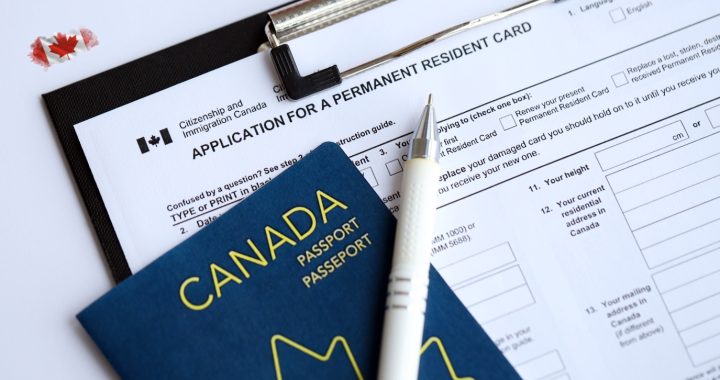 Estimate of Total Cost to Get Permanent Resident Status in Canada as Updated in 2025
Estimate of Total Cost to Get Permanent Resident Status in Canada as Updated in 2025  Who Can Apply for Humanitarian and Compassionate in Canada: Complete Guide
Who Can Apply for Humanitarian and Compassionate in Canada: Complete Guide 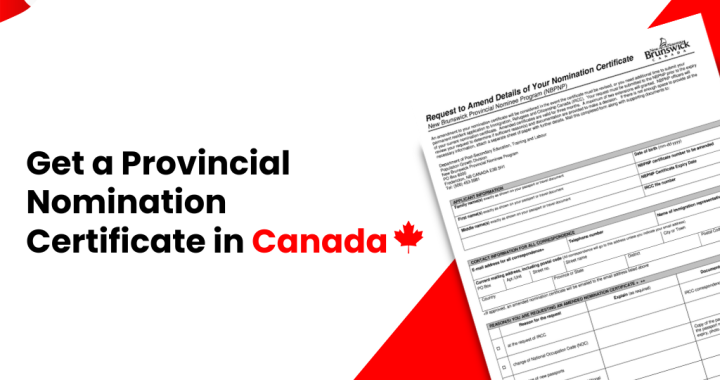 How to Get a Provincial Nomination Certificate in Canada
How to Get a Provincial Nomination Certificate in Canada  Can Americans Work in Canada?
Can Americans Work in Canada? 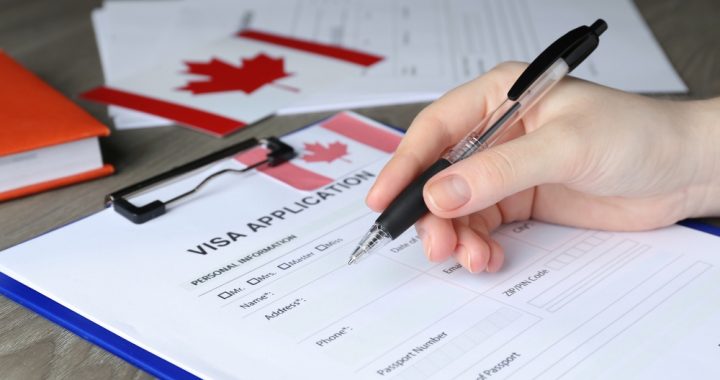 How to Convert a Visitor Visa to a Work Permit in Canada
How to Convert a Visitor Visa to a Work Permit in Canada 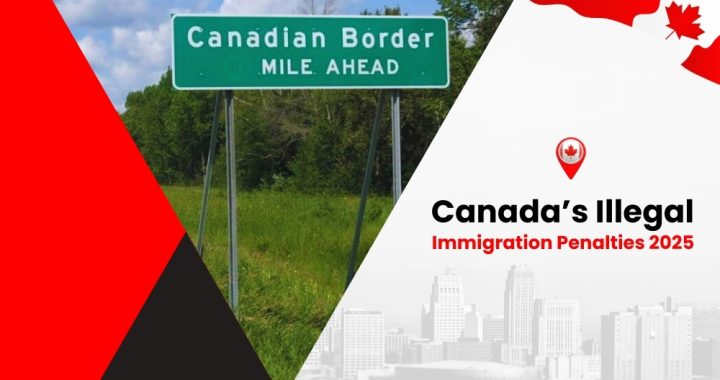 Canada’s Illegal Immigration Penalties 2025
Canada’s Illegal Immigration Penalties 2025  From Temporary to Forever: Your Ultimate Guide to Canada’s Temporary Resident to Permanent Resident Status in 2025
From Temporary to Forever: Your Ultimate Guide to Canada’s Temporary Resident to Permanent Resident Status in 2025